Before the popularity of such religious luminaries as Granville “Oral” Roberts, William “Billy” Graham Jr., Robert H. Schuller, Jimmy Lee Swaggart, and Jerry Falwell Sr., there was a popular evangelist who paved the way in the early years of the Twentieth Century and his name was William A. “Billy” Sunday.
Billy Sunday was born into poverty near Ames, Iowa, on November 19, 1862, to William and Mary Jane Sunday. At the time the country was in the throes of the Civil War and his father soon died from disease while serving with the U.S. Army. Sunday had a rough upbringing and spent some time in an orphanage and ran away from home at the age of fourteen to seek out employment. He attended high school for a time, worked at various jobs, and began playing the game of baseball in Marshalltown, Iowa.
It was baseball that got him noticed and he soon had a tryout with the Chicago White Stockings of the National League in 1883. The light-hitting Sunday was most known for his blazing speed and made the team as an outfielder. For a time he was probably the fastest player in all of professional baseball and was well-liked by the fans and his teammates. He went on to play eight seasons with White Stockings, the Pittsburgh Alleghenys, and the Philadelphia Phillies.
Sunday, who liked to gamble but was never a heavy drinker, often hung out in taverns with his teammates. It was in about 1887, while out on the town in Chicago, that Sunday stopped to listen to a gospel group singing some popular hymns on a street corner. Sunday began to swear off his vices and started attending a local Presbyterian Church on a regular basis. In 1888 he married a fellow churchgoer named Helen A. “Nell” Thompson, the well-to-do daughter of one of the city’s largest dairy business owners, and they later started a family.
In 1891 he turned down a contract from the Phillies – and walked away from baseball – to take a low-paying job performing evangelical work with the Chicago YMCA. Two years later Sunday was fortunate to become an assistant to J. Wilbur Chapman, one the most well-known Presbyterian evangelists in the country. Sunday was part of an advance team that traveled ahead and took care of the details of the large revival meetings for Chapman.
In 1896 he was essentially out of a job as Chapman retired from traveling and went back to his own church. With the valuable lessons and experience Chapman had provided Sunday decided to strike out on his own. He began his preaching career in Garner, Iowa, but over the next decade or so took his entertaining show on the road with weeks-long “crusades” in small towns and cities mostly throughout Iowa and Illinois.
Sunday was ordained in the Presbyterian Church but his ministry was always strictly nondenominational. The outgoing preacher used a frantic style of preaching with exaggerated body gestures and freely used slang words considered risqué for the time. He was unorthodox in some of his beliefs while advocating sex education in schools and reaching out to followers of all religions. During his stops many people converted to Christianity while listening to his rantings against the evils of alcohol, gambling, and dancing. More traditional religious leaders often criticized his methods, but he was immensely popular with his enthusiastic audiences. When he came to town news of Sunday’s visit always dominated the headlines of the local newspapers.
Sunday assembled a dedicated team of close associates and among his most trusted staff members was Homer “Rody” Rodeheaver, a pioneering music director and composer of gospel songs. An advance team would travel ahead and set up the venue and drum up support for Sunday’s upcoming visit. Usually, a massive wooden arena or “tabernacle,” often holding up to 7,000 people, was constructed specifically for the revival. Sawdust was usually strewn about the floor to dampen the crowd noise, and his travels were often referred to as ‘hitting the sawdust trail.”
It was in 1908, after years of long periods of separation, that he hired a nanny for his four children so his wife Nell could finally join him on the road. Nell took over direct management of Sunday’s operations and it was under her tutelage that he became a nationwide phenomenon. Beginning in 1908 he organized even larger crusades, lasting between three to six weeks, in larger communities such as Waterloo, Iowa, Wichita, Kansas, Fargo, North Dakota, McKeesport, Pennsylvania, and Columbus, Ohio. It was during this time that he visited the local region and stopped in Youngstown (Jan-Feb 1910), New Castle (Sept 18-Oct 31, 1910), Beaver Falls (May 16-June 24, 1912), and East Liverpool (Sept 15-Oct 27, 1912).
It was not until January 1915, during his twentieth year of spreading God’s word, that he finally hit a major metropolis, holding a two-month-long crusade in Philadelphia that was attended by a reported two million people. In the years that followed he brought his crusade to other major cities including Baltimore, Cincinnati, Cleveland, Tampa, Washington D.C., Louisville, Charlotte, Memphis, Nashville, Detroit, Buffalo, Boston, New York, and Los Angeles.
He became a wealthy man with many influential and famous friends, but remained free of major scandal and lived a somewhat humble life for a man of his means. His four children all died before him and his three boys – who he often had to bail out of trouble – were a disappointment to him. There were questions about his financial dealings at times but it was obvious he gave freely to numerous charities and was honestly committed to the gospel.
Sunday’s popularity declined during the 1920’s as radio and movies came into their own as popular forms of entertainment. Sunday continued to work and his last crusade was held in Kansas City, Missouri, in the spring of 1935 when he was seventy-two years old. During his thirty-nine year career as an evangelist he undertook over 300 of his crusades, conducted nearly 20,000 sermons, and preached to over 100 million people.
Despite being in declining health he continued to preach in small churches until he passed away later that year in Chicago on November 6, 1935. A memorial service attended by an estimated 3,500 people was held at the Moody Memorial Church in Chicago and he was subsequently buried in Forest Home Cemetery in Forest Park, Illinois. An inscription on his grave marker appropriately reads, “I have fought a good fight. I have kept the faith.”
To see some sketches of Sunday in action in Youngstown in January 1910 click on: DRAWINGS ARTICLE. To read about the construction and the dedication of the wooden tabernacle in New Castle in the fall of 1910 click on: MORE MEN ARTICLE and TABERNACLE DEDICATION ARTICLE. To read an article about Billy Sunday’s appearance in New Wilmington in September 1910 click on: INVADES NEW WILMINGTON ARTICLE. To read the entire transcript of Billy Sunday’s sermon in New Castle from Sunday, September 18, 1910: SERMON TRANSCRIPT ARTICLE. To read about Billy Sunday’s upcoming return to New Castle in March 1932 click on: COMING BACK ARTICLE.
 Sunday could stare the devil down! | 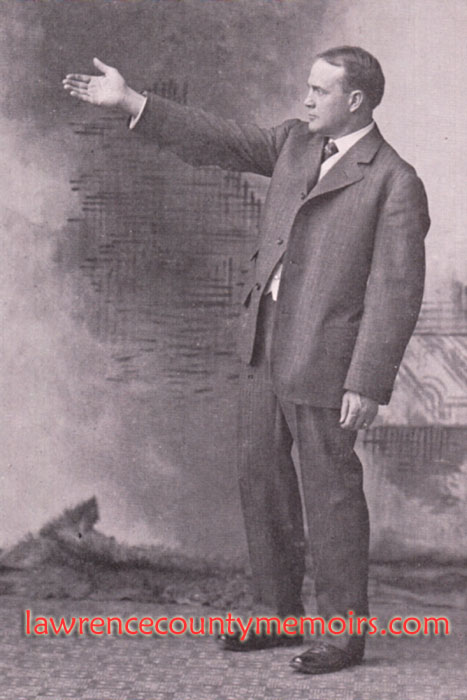 Sunday strikes quite a charismatic figure. | 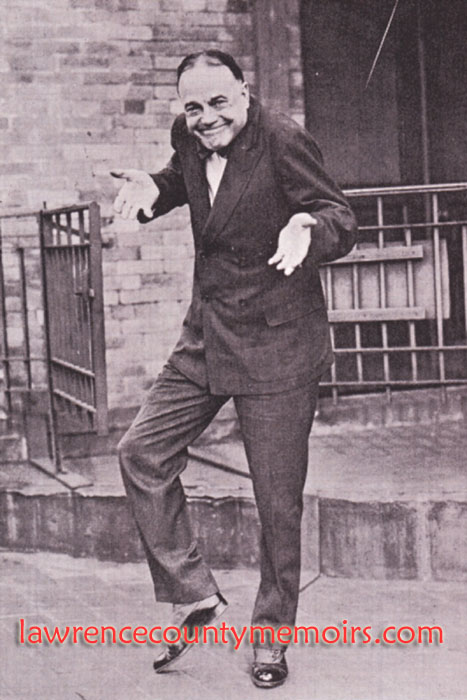 An older Sunday hams it up for photographers. |
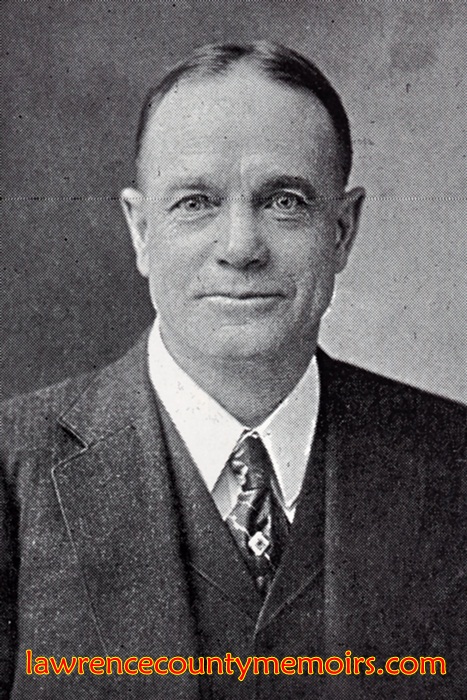 Sunday c1917. |  Billy Sunday in action. (1916) |  (c1908) |
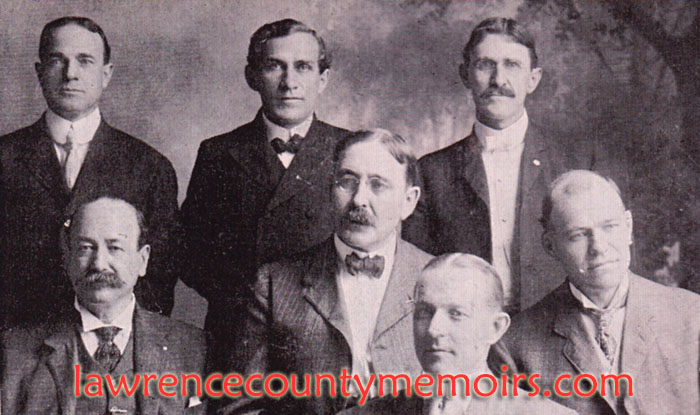 J. Wilbur Chapman (in center) with his team of evangelists c1892. Billy Sunday is at top left.Full Size |
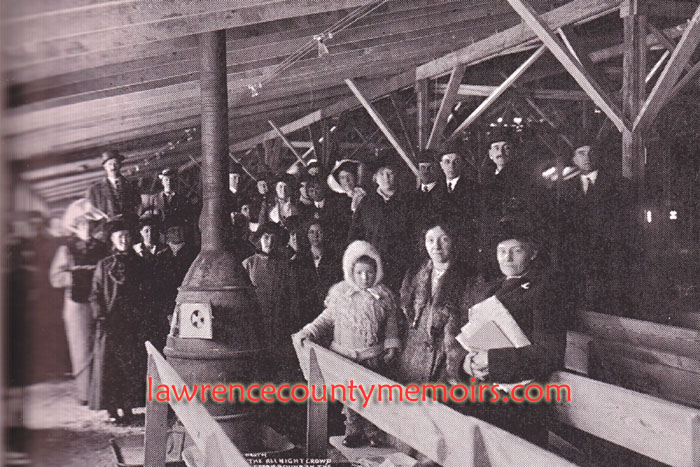 The inside of the tabernacle in Scranton, PA. | 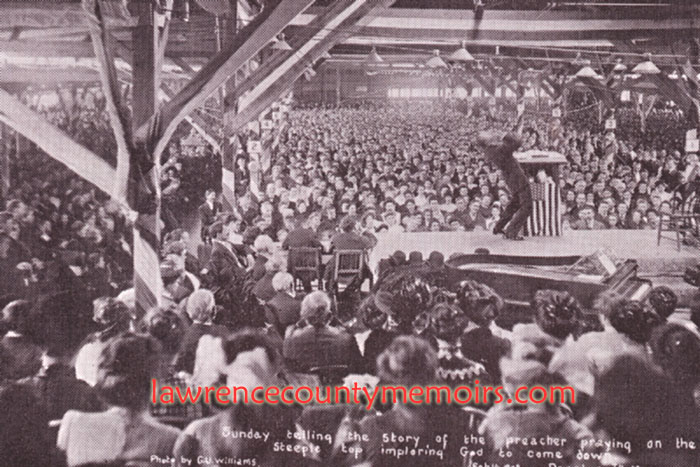 The Reverend Sunday works his magic in Decatur, IL. |
 A view of the inside of the tabernacle in Princeton, IL.Full Size |
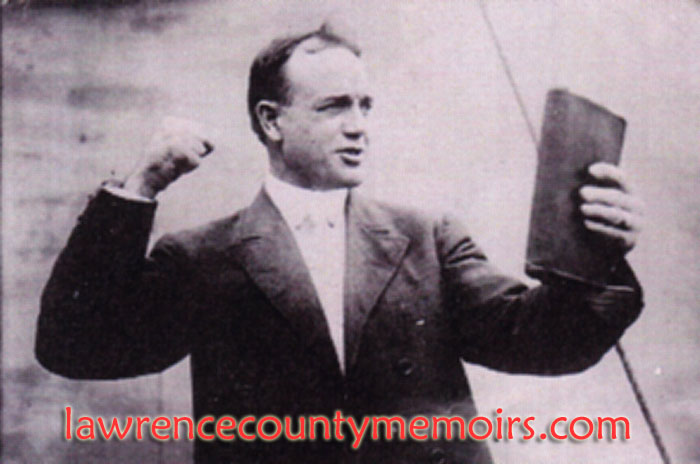 Billy Sunday in all his glory c1910. It is estimated that Sunday preached to over 100 million people during his thirty-nine year career as an evangelist. Full Size |
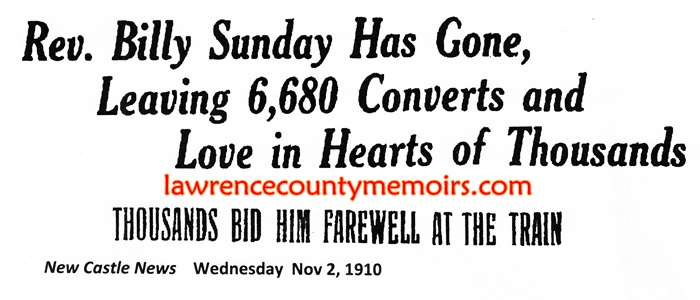 |
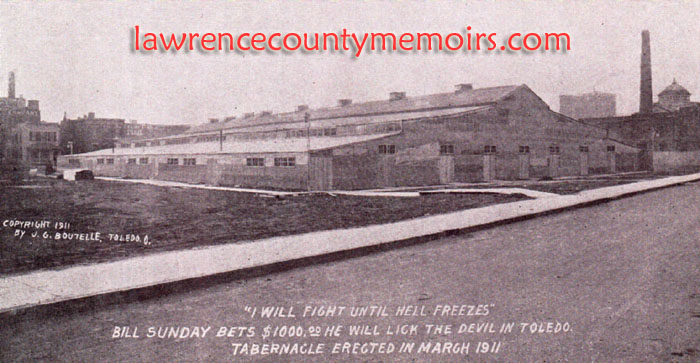 |
 |
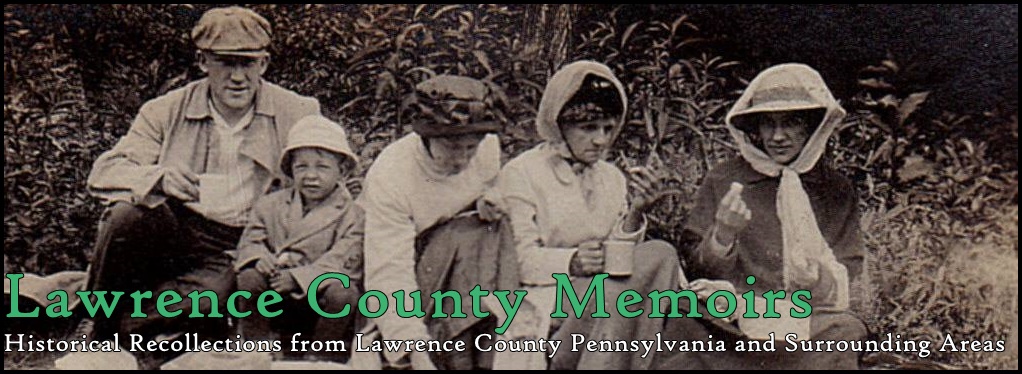




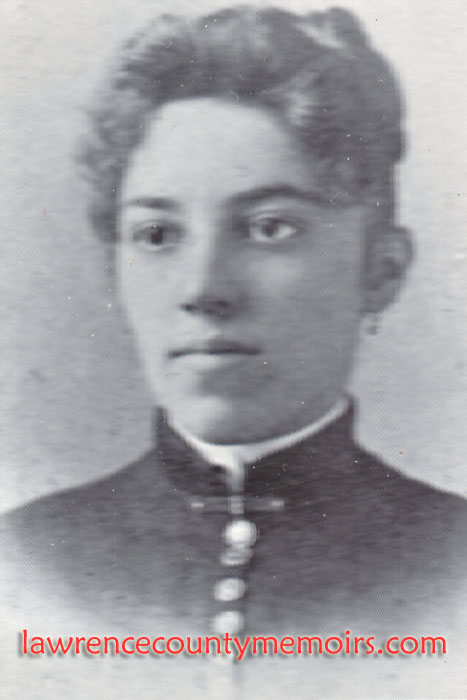
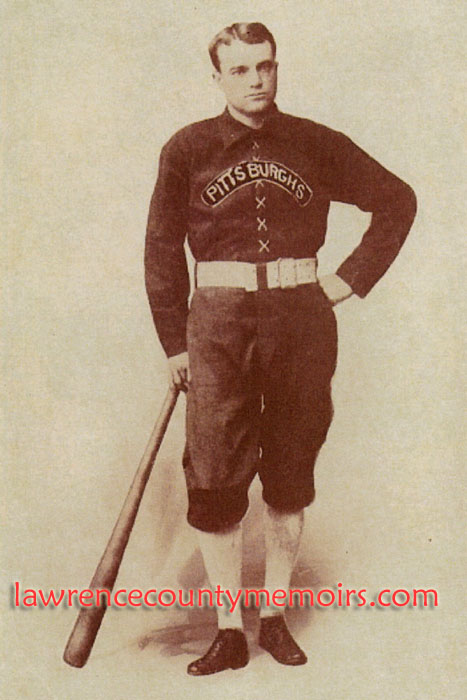

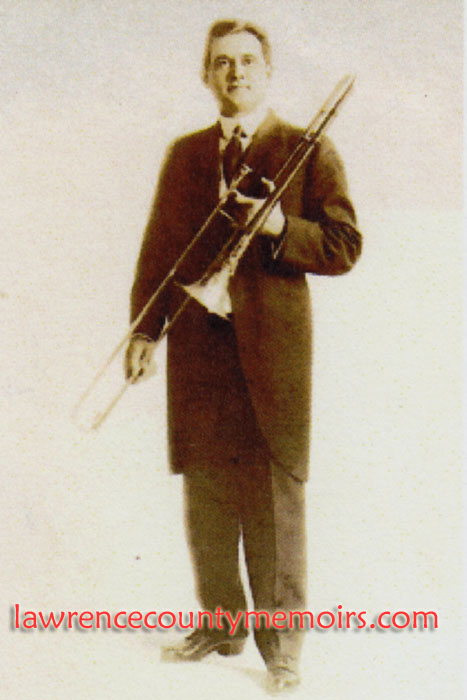
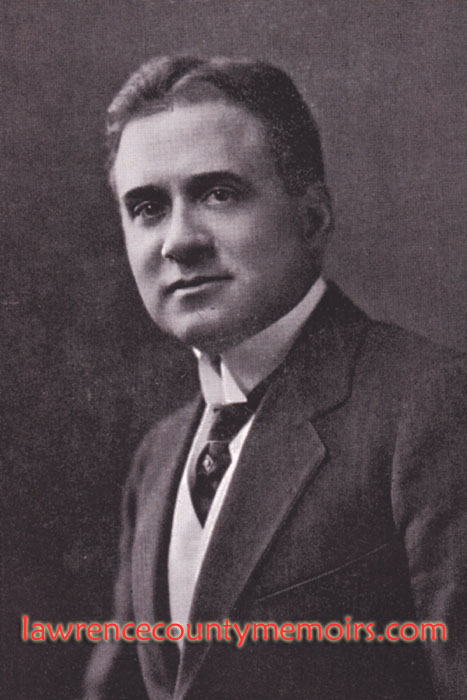

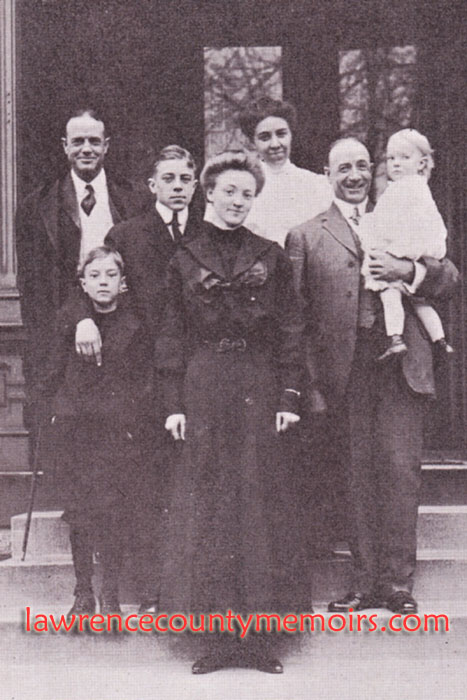
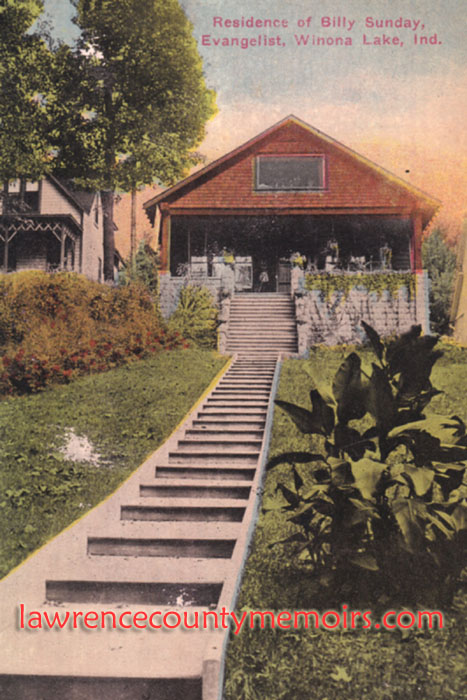
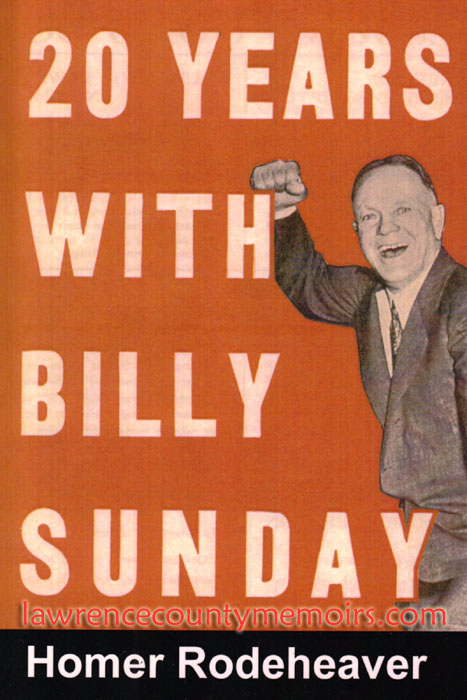
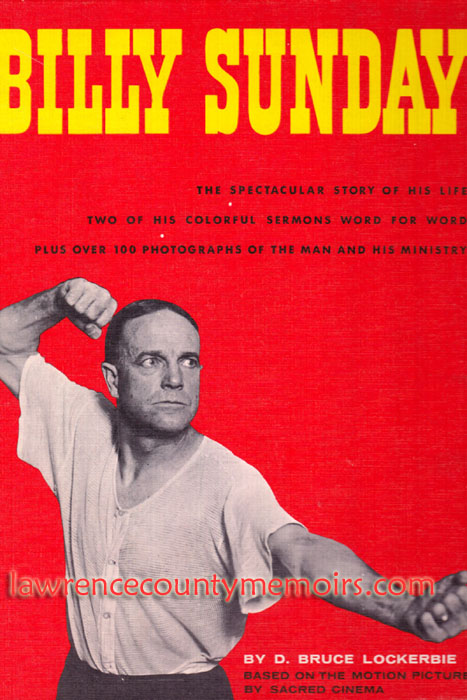

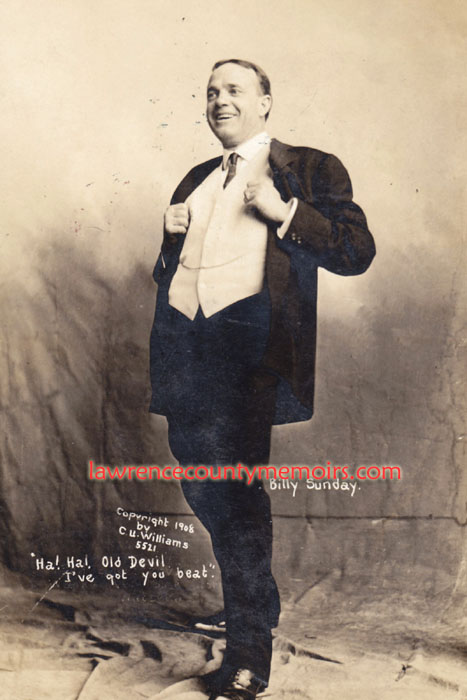

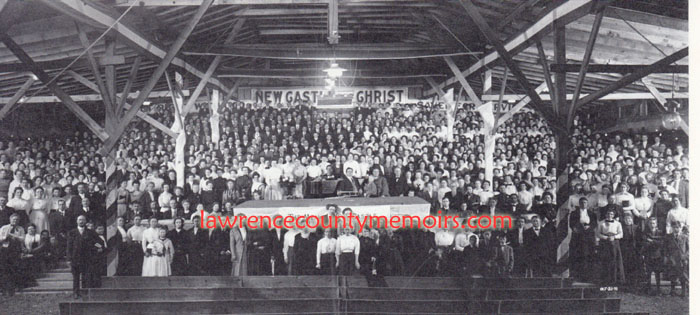

Comments
There are currently no comments on this article.
Comment